Melanin In Hair – Types And How To Increase Its Levels
Eat healthy and minimize chemical use to enhance the color of your tresses.
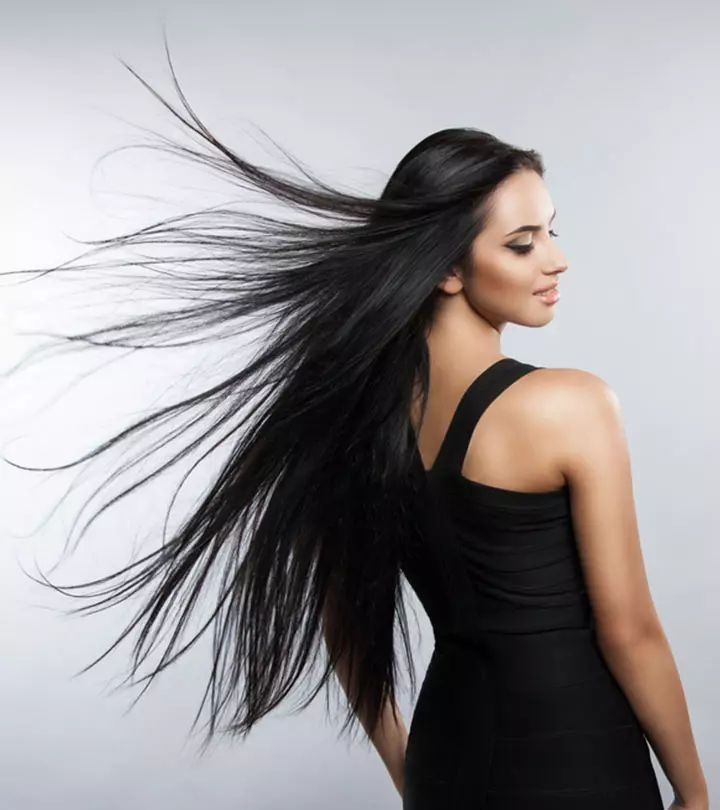
Image: Shutterstock
The melanin in hair strands determines your hair color. The hair may appear red, brown, or black depending on the different chemical structures of the pigment and its blend. With age, the melanin levels change, and your hair turns brownish, reddish, or shades of gray.
While graying is mostly associated with age, you may notice changes in hair color even in your late 20s or early 30s. It is because multiple factors like UV and chemical exposure can fade hair color. So, is it possible to prevent it or increase melanin content in hair? This article explains everything you need to know about melanin in hair, factors affecting its levels, and ways to prevent its degradation. Scroll down.
In This Article
What Is Melanin?
Melanin is the pigment produced by melanocytes and is responsible for your natural hair color. Over time, melanocytes become less active and stop producing melanin, leading to gray hair. However, several other factors (discussed later in the article) may also affect the melanin content in your hair and affect its natural color. Melanin is of three types (1):
- Eumelanin (divided into black and brown forms)
- Pheomelanin
- Neuromelanin
Out of the three, eumelanin and pheomelanin occur in the epidermis and are responsible for your natural skin and hair color. In the next section, we explore the roles played by these two types of melanin.
Key Takeaways
- The change in melanin levels can affect the color of the hair.
- Graying occurs when melanocytes stop the production of melanin.
- Thyroid hormones, nutritional deficiencies, and UV exposure can negatively affect the melanin content in the hair.
- Maintain a proper diet, avoid UV and chemical exposure, and reduce stress to manage melanin levels.
Decoding The Two Types Of Melanin
Your genes decide which type of melanin you will be born with. You may have either of the two melanin types or a mix of both.
| Eumelanin | Pheomelanin |
| It is the brown-black pigment responsible for dark black or brown hair (2). | It is the yellow-reddish pigment responsible for the reddish, orange, or yellow (blonde) hair color(2). |
| It is photostable and does not get damaged easily when exposed to UV rays. | It is less photostable compared to eumelanin. |
Other than genetic factors, a lot of aspects can affect the melanin content in your hair.
Factors Affecting Melanin Content In Hair

- Hydrogen peroxide buildup in the hair shafts can affect the melanin content and cause graying (3).
- Thyroid hormones play a role in hair maintenance and may affect the hair cycle and hair pigmentation (4).
- Oxidative stress caused by excessive UV exposure, pollution, inflammatory reasons, and psychological stress can affect the hair pigment and cause premature graying (5). Stress affects the stem cells responsible for regenerating hair pigment.
- Nutritional deficiencies can also affect the hair pigments. The deficiency of nutrients like iron, zinc, copper, calcium, and vitamins B12 and D3 can influence melanogenesisi Excess production of melanin pigment by melanocytes (skin cells) that causes pigmentation of human skin. (5).
- Exposure to harsh chemicals, excessive heat styling, and bleaching may also affect the hair pigments.
 Did You Know?
Did You Know?Any of the factors can be responsible for the decreased melanin levels in your hair. Is there any way to reverse it? Lets find out.
Increasing Melanin Levels: Is It Possible?
There is no scientific evidence supporting the efficacy of natural remedies and supplements in increasing melanin levels in the hair.
However, if an underlying condition or nutritional deficiency is causing your hair depigmentation, treating it may help re-pigment your hair. Looking for ways to increase melanin in hair? You may try the following ways:
1. Follow A Proper Diet

We have already discussed that nutritional deficiency could affect the hair pigments. Following a balanced diet high in copper, iron, vitamins B12 and D3, calcium, and zinc may improve the health of your hair follicles and their melanin content. It is believed that vitamins reverse gray hair.
Consume foods like nuts, berries, beans, citrus fruits, leafy greens, seafood, dairy, meat, and organ meat. These are loaded with essential vitamins and antioxidants. Also, get yourself tested for any deficiencies. Consult a doctor and take vitamin supplements to balance any deficiency.
2. Check For Hormonal Imbalances
An imbalance in thyroid hormones can affect overall hair health and pigment levels. Get yourself tested, consult a doctor, and take the prescribed medication.
3. Avoid Stress
Psychological stress can be one factor behind the loss of pigments and premature graying. If you have been through a stressful situation, try to relax. Seek help and reach out to therapists if you cannot cope with stress. Spend time with your family and friends and indulge in activities like traveling, music, yoga, meditation, exercising, or any hobbies to relax your mind.
4. Avoid Excessive UV Exposure

Everyone wants to know how to cover gray hair. UV exposure causes oxidative stress, affecting the hair pigments. Avoid excessive UV exposure. When going out, try to be in the shade as much as possible. Wear a wide-brimmed hat or scarf or carry an umbrella to protect your hair.
5. Avoid Chemical Exposure
A lot of hair care products contain drying ingredients like SLS and alcohol. Excessive use of such harsh chemicals can dry out the hair and fade the pigments. This can further increase if you often color and bleach your hair, causing hydrogen peroxide accumulation in hair shafts. Also, avoid excessive heat styling.
 Quick Tip
Quick Tip6. Take Melanin Supplements
The efficacy of melanin supplements is not proven. However, people often consume the supplements to boost melanin content. Consult your doctor before taking supplements as unregulated intake of melanin supplements may cause side effects.
In addition to these, the use of topical Melitaine and other biomimetic peptidesi Lab-crafted artificial amino acid chains mimicking natural peptides that are used in anti-aging and skin-recovery cosmetics were found to help in cases of premature graying (6).
Side Effects Of Melanin Supplements
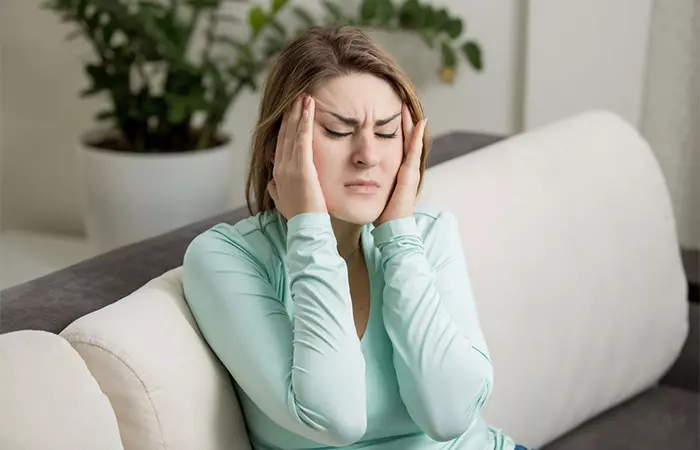
Excess intake of any supplement is not recommended. There is always a possibility of health hazards and drug interaction. Excess intake of melanin supplements may cause:
- Allergic reactions
- Headache
- Nausea
Moreover, there are possibilities of drug interaction, especially if you take medicines like:
- Anticonvulsantsi Drugs used to treat seizures or epilepsy that work by moderating the abnormal electrical activity of the brain
- Anticoagulantsi Drugs that slow down the blood clotting process, which are used to treat stroke, heart attack, etc.
- Diabetes medicines
- Immunosuppressantsi Drugs that suppress the body’s immunity, which are used to treat autoimmune diseases where the immune system attacks the body’s cells
- Contraceptives
- Anti-platelet drugs
Due to lack of proper information, the overall safety of such supplements is yet unclear. It is better to avoid melanin supplements for:
- Pregnant and breastfeeding women
- Older people
Infographic: Hair Masks For Gray Hair
Melanin is a pigment responsible for the color of your hair. Exposure to the sun, stress, and hormonal imbalances can affect melanin content and turn your hair gray. You can consume a healthy diet and manage stress effectively to slow down premature graying. Additionally, you can incorporate hair masks into your hair routine to keep your hair healthy.
Check out the infographic below to know more.
Some thing wrong with infographic shortcode. please verify shortcode syntax
The melanin in your hair determines your natural hair color. It is produced by cells called melanocytes and is stored in keratinocytes. As you age, the melanocytes in your hair stop producing melanin, and it becomes gray in color. There are many factors that can influence your melanin, such as thyroid function and nutritional deficiencies. There is no proven way to increase melanin in the hair. You can try melanin supplements, but make sure to consult a doctor on the recommended dosage as ingesting too much of it may lead to side effects like headache, nausea, allergic reactions, and drug interactions.
Frequently Asked Questions
Does vitamin D increase melanin?
Yes, vitamin D stimulates the production of melanin (melanogenesis). Low levels of vitamin D have been associated with vitiligo. This is a skin disorder characterized by loss of skin color and light-colored hair (9).
What role does melanin play in skin protection?
Melanin acts as a natural shield against UV radiation, lowering the risk of sunburn and skin damage. It absorbs harmful UV rays, keeping your skin healthy and protected.
Can vitamin C reduce melanin?
Yes, studies indicate that vitamin C plays a role in reducing melanin production by reducing the tyrosinasei An enzyme containing copper that catalyzes the production of melanin and other pigments present in plants and animals. enzyme activity. It is commonly used for treating hyperpigmentationi A condition characterized by dark patches on the skin that are caused due to excessive melanin production. (10).
Can turmeric reduce melanin?
Yes, curcumin, the active compound in turmeric, may reduce melanin synthesis by inhibiting tyrosinase activity (11).
Does Egg reduce melanin?
Yes, research indicates that phosvitin, a compound present in egg yolk, may inhibit the production of melanin (12).
Does potato reduce melanin?
Yes, azelaic acid present in potatoes may reduce pigmentation (13).
Which drink reduces melanin?
Research indicates tea may reduce tyrosinase activity and protein synthesis responsible for melanin (14).
Illustration: Melanin In Hair - Types And How To Increase Its Levels

Image: Stable Diffusion/StyleCraze Design Team
Dreaming of vibrant, luscious locks? Discover natural ways to boost melanin production in your hair with this insightful video, packed with tips and tricks. Check it out!
References
Articles on StyleCraze are backed by verified information from peer-reviewed and academic research papers, reputed organizations, research institutions, and medical associations to ensure accuracy and relevance. Read our editorial policy to learn more.
- Biochemistry, Melanin
https://www.ncbi.nlm.nih.gov/books/NBK459156/ - The physical and chemical properties of eumelanin
https://onlinelibrary.wiley.com/doi/full/10.1111/j.1600-0749.2006.00345.x - Senile hair graying: H2O2-mediated oxidative stress affects human hair color by blunting methionine sulfoxide repair
https://pubmed.ncbi.nlm.nih.gov/19237503/ - Repigmentation of gray hair after thyroid hormone treatment
https://pubmed.ncbi.nlm.nih.gov/17961449/ - Premature Graying of Hair: Review with Updates
https://www.ncbi.nlm.nih.gov/pmc/articles/PMC6290285/ - Case report on premature hair graying treated with Melitane 5% and oral hair supplements
https://www.ncbi.nlm.nih.gov/pmc/articles/PMC6892010/ - Vitamin B12 Deficiency Induces Imbalance in Melanocytes HomeostasisA Cellular Basis of Hypocobalaminemia Pigmentary Manifestations
https://www.ncbi.nlm.nih.gov/pmc/articles/PMC6163934/ - The effects of vitamin B6 compounds on cell proliferation and melanogenesis in B16F10 melanoma cells https://www.ncbi.nlm.nih.gov/pmc/articles/PMC5840755/
- The role of vitamin D in melanogenesis with an emphasis on vitiligo
https://pubmed.ncbi.nlm.nih.gov/24177606/#:~:text=Vitamin%20D%20increases%20melanogenesis%20and,on%20melanocytes%20were%20also%20reported. - The effect of Vitamin C on melanin pigmentation – A systematic review
https://www.ncbi.nlm.nih.gov/pmc/articles/PMC7802860/#:~:text=Vitamin%20C%20is%20a%20naturally,downregulation%20of%20tyrosinase%20enzyme%20activity. - Curcumin inhibits melanogenesis in human melanocytes
https://pubmed.ncbi.nlm.nih.gov/21584871/ - The functional property of egg yolk phosvitin as a melanogenesis inhibitor
https://pubmed.ncbi.nlm.nih.gov/22953815/#:~:text=The%20results%20showed%20that%20phosvitin,in%20a%20control%20without%20phosvitin. - Health Benefits and Cons of Solanum tuberosum
https://www.plantsjournal.com/vol1Issue1/Issue_jan_2013/3.pdf - Anti-melanogenic effects of black, green, and white tea extracts on immortalized melanocytes
https://www.ncbi.nlm.nih.gov/pmc/articles/PMC4483495/
Read full bio of Dr. Sonam Jeswani Ramrakhiani
Read full bio of Ramona Sinha
Read full bio of Eshna Das
Read full bio of Monomita Chakraborty







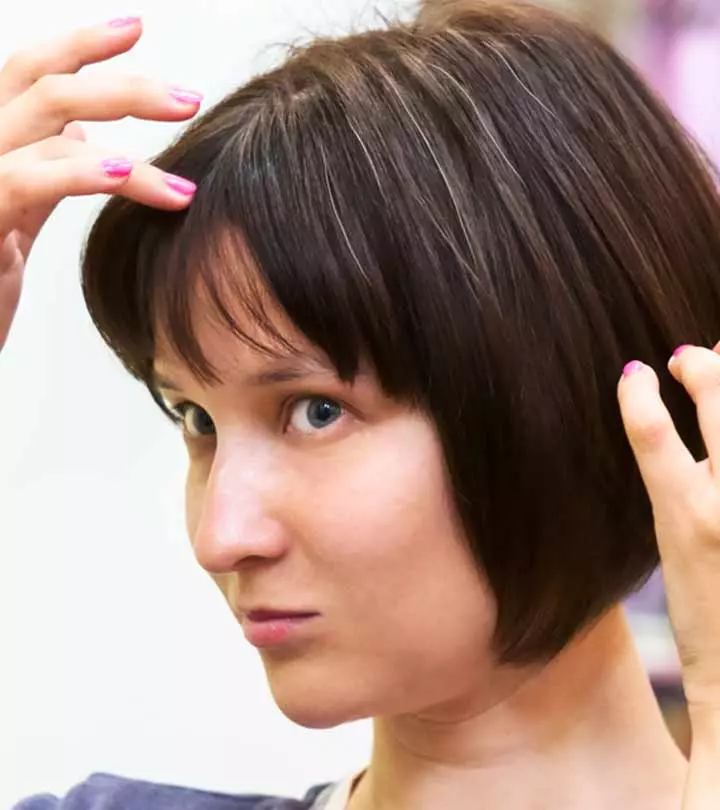


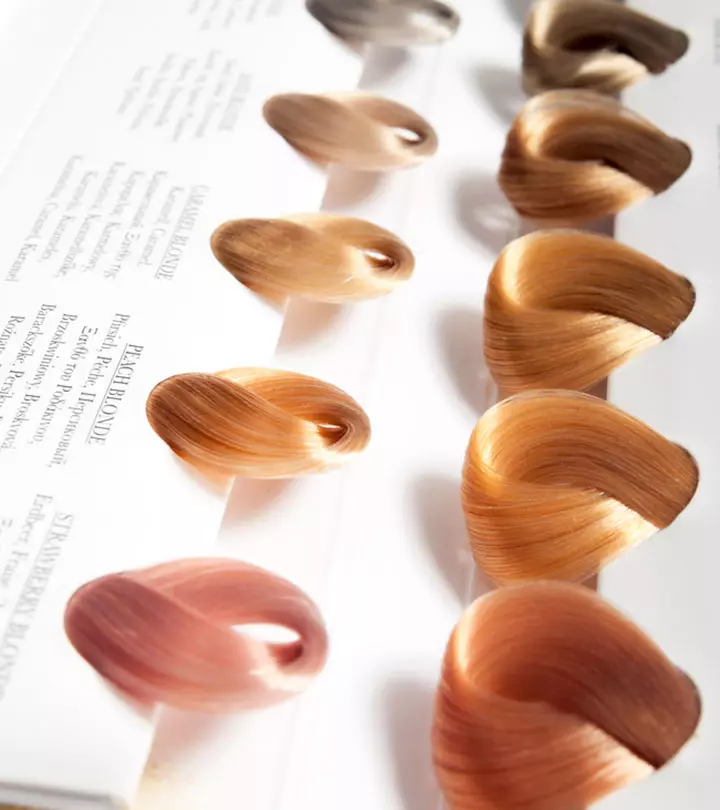
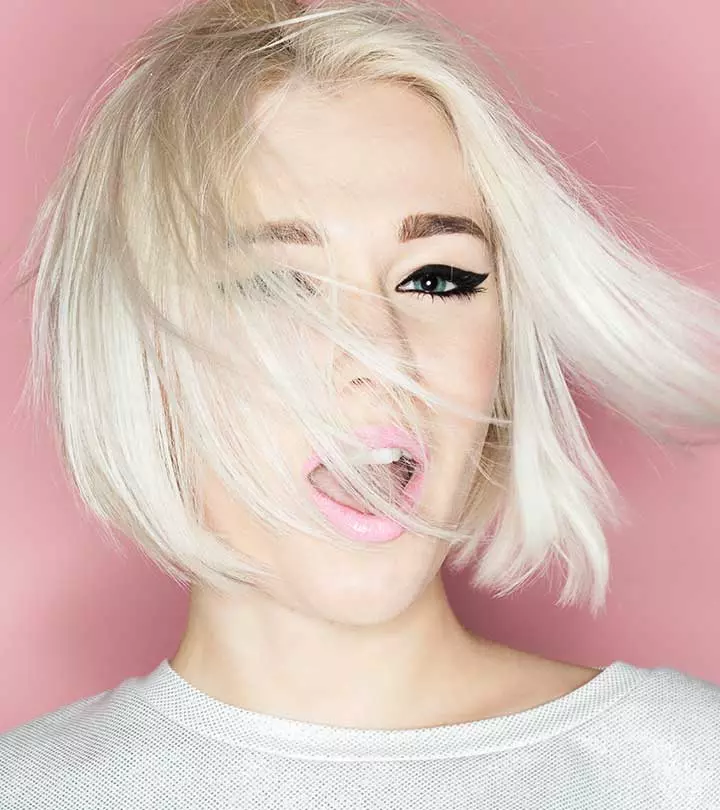


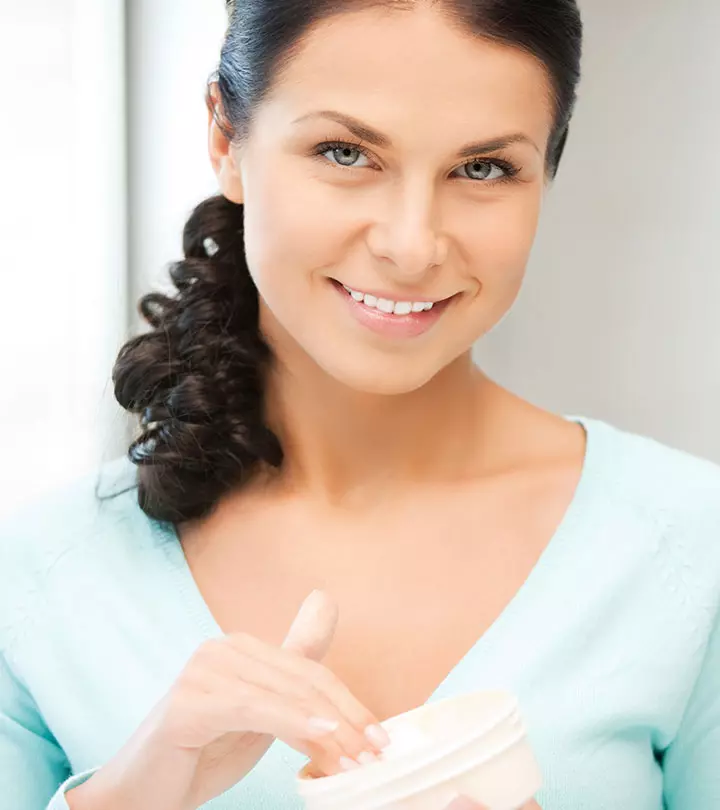

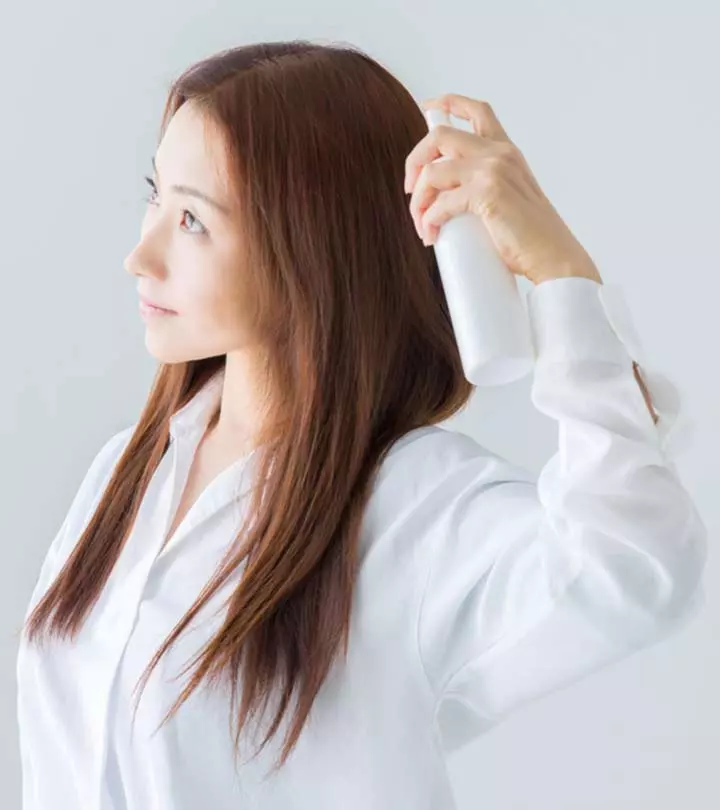


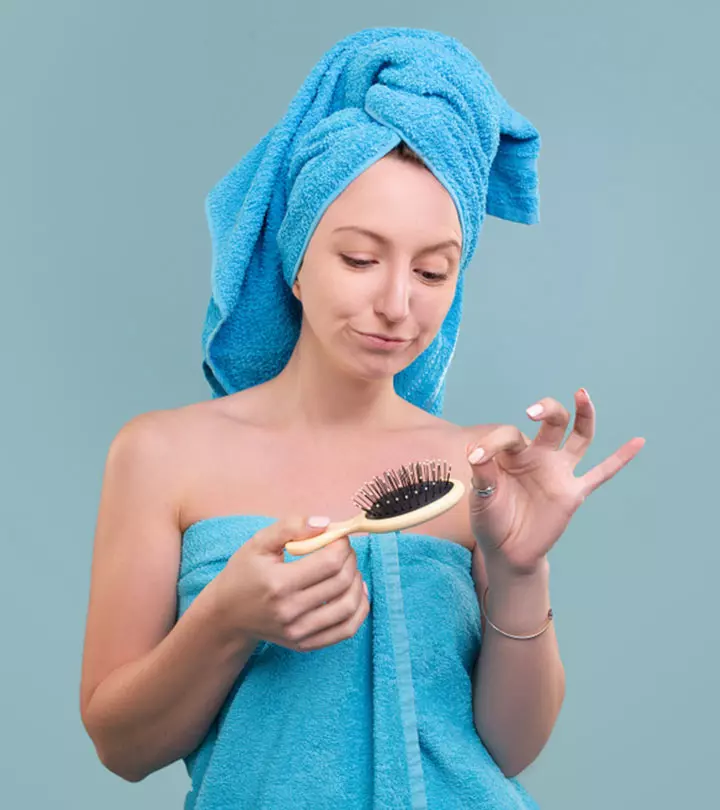
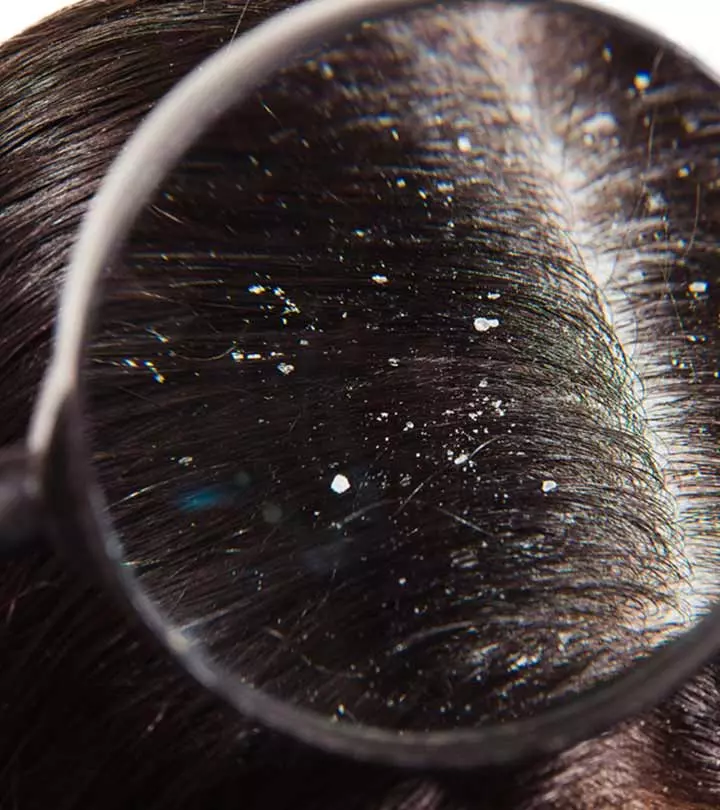




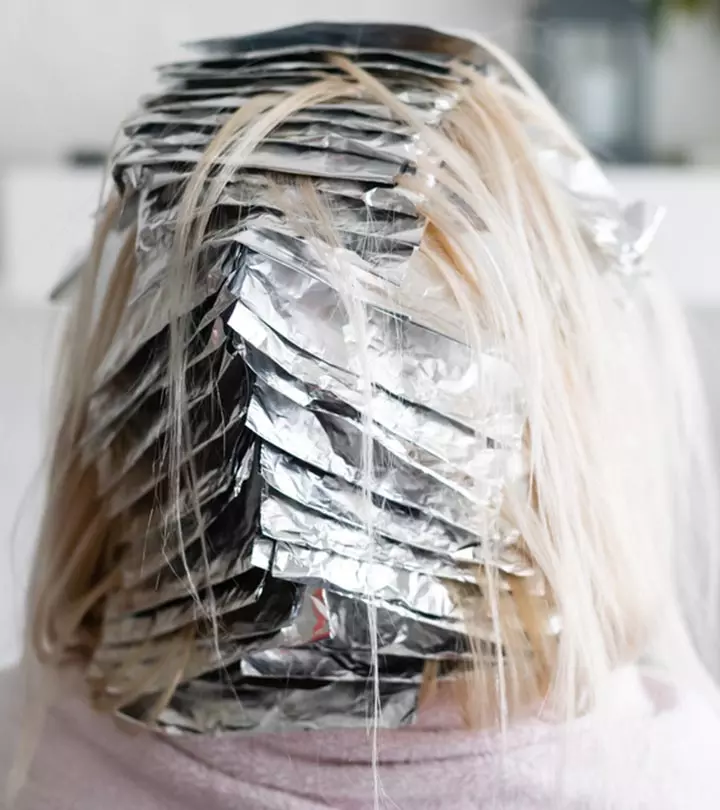
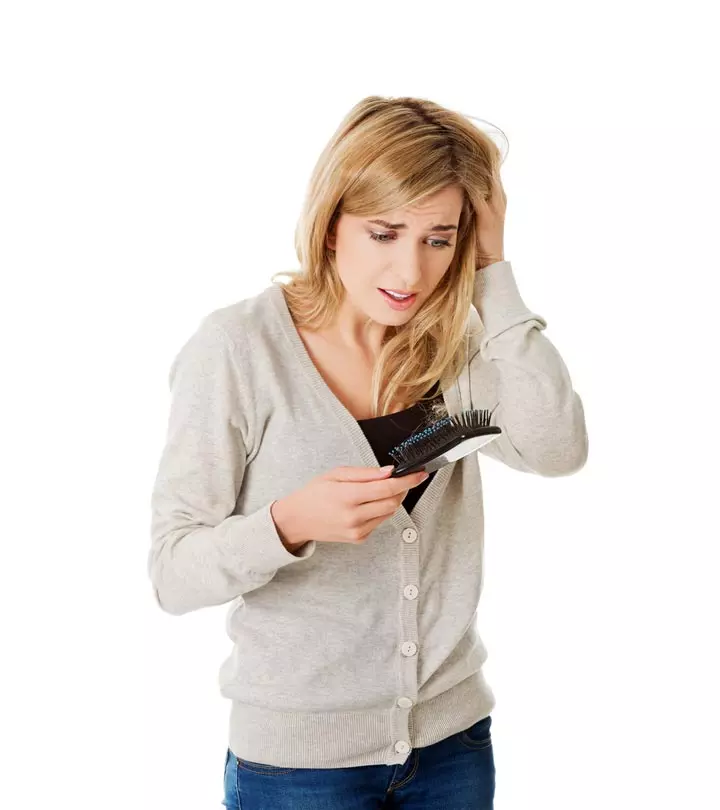
Community Experiences
Join the conversation and become a part of our empowering community! Share your stories, experiences, and insights to connect with other beauty, lifestyle, and health enthusiasts.